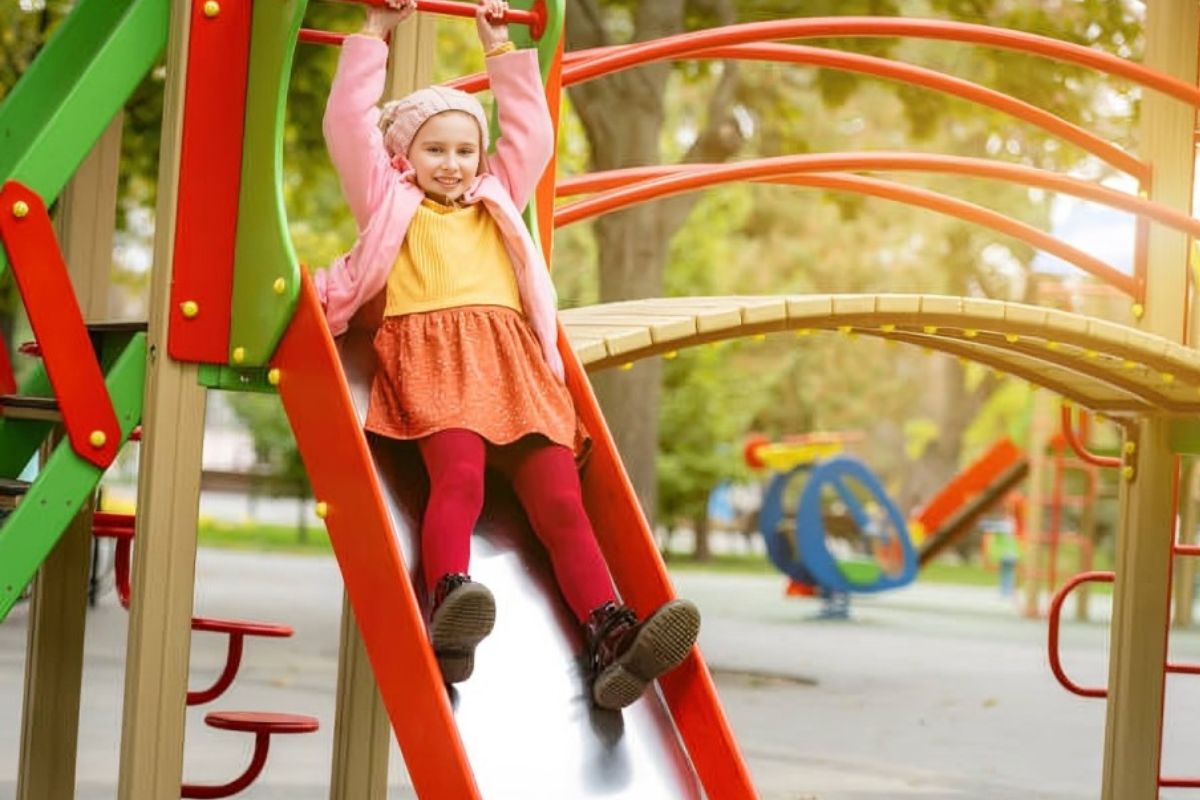

To ensure that kids develop physically, cognitively and socially, you must have playground equipment. These are not just places for fun but significant spaces where children learn, grow up and acquire important life skills. This article examines the importance of playground equipment, its different types, benefits it brings as well as some factors to be taken into account when planning and maintaining such places for recreation.
Well designed playground equipment benefits extend beyond mere physical activity; they become part of a child’s holistic development which includes the following:
Routine use of playground equipment helps to engage children in activities thus addressing sedentary lifestyles and reducing overweight dangers with related health problems.
Playgrounds can be used as study environments where children learn through playing. Interactive panels, educational games and themed play areas can reinforce classroom learning while making it enjoyable.
Playgrounds are gathering points for children to interact with others, work together and make friends with one another—places where one acquires social skills and a sense of community.
Modern playground makers try to create inclusive facilities which accommodate all categories of kids. When designing accessible playground equipment every child regardless of his or her physical or cognitive abilities should be considered so that they do not miss out on the fun occasioned by this activity.
Children engage in play because it helps them release tension in addition to expressing themselves emotionally. It plays an essential role in promoting mental wellness and emotional peace by channelling energy into creativity.
Current models emphasise inclusivity hence kids irrespective of their abilities can play side by side. Play opportunities that are accessible are available via inclusive playground equipment for physically challenged, sensory impaired or intellectually disabled children.
The future of playground equipment lies in creating even more inclusive and sustainable play spaces. This means developing equipment that caters to all children, including those with disabilities. Sustainable practices are gaining ground as many playground providers use materials that are environmentally friendly and encourage environmental stewardship in their designs.
Use of technology in creating playgrounds is an emerging trend. Interactive and smart play equipment that incorporates digital elements can enhance the play experience and provide new educational opportunities.
Involving the community in designing and development of playgrounds enables development of user preferred play spaces. Community involvement can also lead to the ownership feeling towards the grounds for playing.
Play involving gross motor skills, such as custom climbers, rope climbers, overhead ladders, rock areas, and slides, occupies nearly half of children’s playground time.
These active play elements contrast with components designed to encourage sensory exploration or that allow children to sit while someone else operates the equipment.
When children engage in activities that build and develop gross motor skills, they build upper-body, lower-body, and core strength, increase heart rate, improve cardiovascular health, and enhance agility, balance, and hand-eye coordination.
The importance of having various kinds of playground facilities that foster different play behaviours is highlighted by the playing patterns of children. A good playground has much more than just fun but it is rather a very important environment for complete development of a child that enhances physical, cognitive, social and emotional growth.
Creative Play remains one of the UK’s top suppliers of high-quality innovative playground solutions. Every playground constructed by Creative Play is made safe by its commitment to safety, inclusivity and sustainability. Learn more about their extensive range of playground equipment and services at Creative Play.